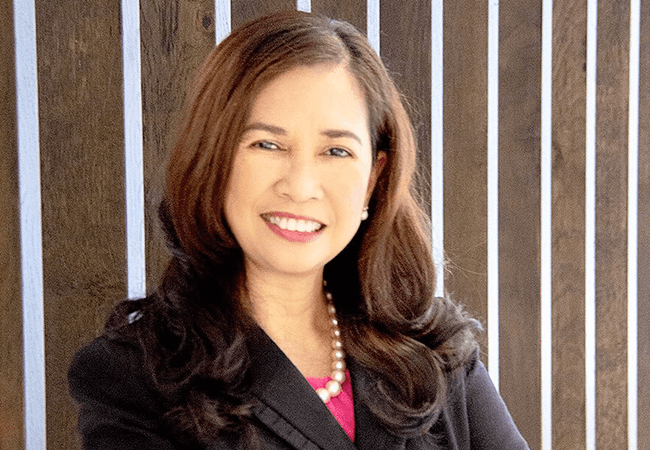
Sep 16, 2022
Despite the Pandemic, Filipino Nurses Continue to Teach Back

No one knows the precise number, but everyone agrees that Filipino-American nurses accounted for far too many deaths during the COVID-19 pandemic. The National Nurses United union estimated that they accounted for a quarter of the nurses who died of COVID-19 prior to February 11, 2021.
“Here in the New York, New Jersey area, we counted 47 people that we know,” says Mary Joy Garcia-Dia, DNP, RN, FAAN, immediate past president of the Philippine Nurses Association of America (PNAA). She stepped into that role in April 2020, when the nurse who was PNAA president at the time and her husband became infected with COVID-19. He passed away.
“It was very personal within our organization,” Garcia-Dia says. She formed a COVID-19 task force and started the Heal Our Nurses campaign, all the while staying focused on PNAA’s broader mission. “Knowing that we need to stay connected to education and share what we’re learning kept us all together,” she believes.
That sharing occurs through a program called Balik Turo, which literally means “teach back.” Begun in 2008 by then PNAA president Rosario-May Mayor, Balik Turo invites participants to exchange their knowledge and subject matter expertise with their counterparts in the Philippines through a series of lectures and presentations. The event occurs every two years in January, before and after an international conference in Manila co-hosted by PNAA, the Philippine Nurses Association, and the Association of Deans of the Philippine Colleges of Nursing.
Some Filipino-American nurses return to their alma maters to “teach back.” Others visit health care organizations. Collectively they share developments in clinical practice, such as diabetes and cardiovascular care, as well as guidance on leadership, cultivating researchers, and faculty progression. Garcia-Dia lectured on her specialty, nursing informatics, during her last in-person Balik-Turo presentation in 2018.
Balik Turo also encourages advocacy, and climate change is a special interest given that the Philippines is often hit by typhoons and, lately, earthquakes. “Obviously that affects the health care system in terms of disaster response,” Garcia-Dia points out. “We invite speakers who can address what the government is doing, what we can do from a health care perspective, and how we can encourage more action in respect to our environment.”
The U.S.-based nurses also learn from their Philippines-based counterparts. During the 2022 Balik Turo, which took place online, attendees learned how community nurses in the Philippines traveled long distances during the pandemic to deliver vaccines and promote COVID-19 awareness. Garcia-Dia, who also serves on the Equity, Diversity, and Inclusion Steering Committee of the Future of Nursing: Campaign for Action, says finding nurses who want to pursue a career in community health is “very challenging, especially if you work in urban areas like New York City.” Nevertheless, work of this sort promotes health equity and is “very fulfilling for those with a passion to serve,” she believes. The Campaign for Action is an initiative of AARP Foundation, AARP and the Robert Wood Johnson Foundation that is building a healthier America through nursing.
In 1898, the Philippines became a U.S. colony, and soon after, Americans established nursing schools there, modeled on those in the United States. Shortly after the Philippines gained its independence in 1946, Filipino nurses began taking part in the Exchange Visitor Program, which allowed professionals from other countries to work in the United States for two years. The program’s goals were political—to expose people from other countries to American style democracy during the Cold War—but it set the stage for ongoing migration of Filipino nurses to the United States.
By connecting Filipino-American nurses with their Filipino counterparts, Balik Turo continues this tradition of sharing ideas and skills more than 60 years later, but now
Philippine nursing schools and health care organizations are the chief beneficiaries of the exchange. The effort reflects the generous spirit that persists in the PNAA community, despite the disproportionate sacrifice of its members since the pandemic began. For the time being, it remains difficult to quantify their contribution to the pandemic response, but PNAA hopes to change that by advocating for more data disaggregation. “We want the Asian category broken down by ethnicities,” Garcia-Dia says. “That’s the only way we can quantify what’s going on in our community.”
